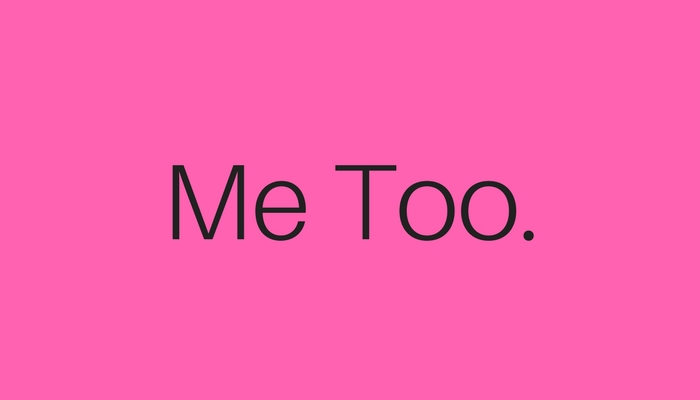Where is your bar when it comes to relationships? Do you set it high hoping people will meet you there? Do you set it low because you don’t want to be disappointed? Do you have a bar or are you sitting at one drinking away your relationship problems?
No matter where you are today, this is your time to pause and look at how you’re managing your relationships at home, in the office and romantically.
Let’s start with the first option: The High Bar Setters
You see the best in people and want them to see it too. One of my clients is this way. He brings people on board and has great hopes for their potential with the company. In a few weeks or months, unfortunately, they don’t meet his bar and he’ll get disappointed, frustrated or angry. They’re left feeling confused and concerned about where they stand.
What’s missing? Clear expectations, communication and a safe place to discuss issues and concerns. When people start at the top, there is nowhere to go but down.
What can change? Be realistic about what you’re expected and communicate it clearly. Be open to feedback and pushback if those expectations are out of reach. If you’ve been disappointed in the past based on a high bar, pull back and look at what is the bare minimum, mid line and ideal outcome. Most will be in the mid line and that’s great. It gives people room to grow.
Next Up: The Low Bar Setters
You’ve been disappointed in the past. People have let you down when you’ve expected them to come through. People don’t keep their word. Everyone will fail so you give them the least amount of responsibilities possibly to screw up.
What’s missing? Trust. Opportunity two prove people wrong. Even if people want to do a good job, you don’t trust that it will last. You may hold back talent from making your organization or life better. They want to help you, but you aren’t in a place to accept it.
What can change? By delegating small tasks and allowing people to build trust, you can slowly release the control and fear. You need to trust your intuition and know when people mean what they say. If there has been past trauma, you may need to work with a professional to resolve these issues if this becomes a habitual pattern.
Finally: The Mid-Zoners
You meet people where they are and have a clear idea of their skill set and areas needing further development. You know that everyone isn’t perfect and people will make mistakes, but may not always correct the habit or behavior.
What’s missing? An action plan of future progression. If you see the areas of growth for others, work with the to create a collaborative action plan for development. It’s imperative that you are a teammate and not a commander barking out orders. This isn’t an us v. them situation, but a we all win when we work towards our goals together.
What can change? Your approach. Tone is everything. Even though you accept people for where they are, you know that growth is needed. By keeping the conversation open, you can be a better resource for when people are ready for recommended changes.
Where do you think you are on this range with relationships?

























